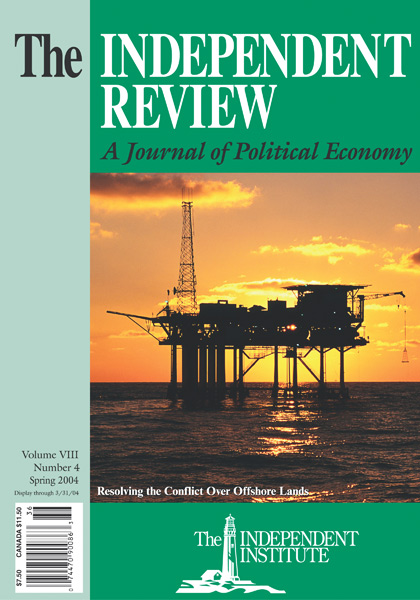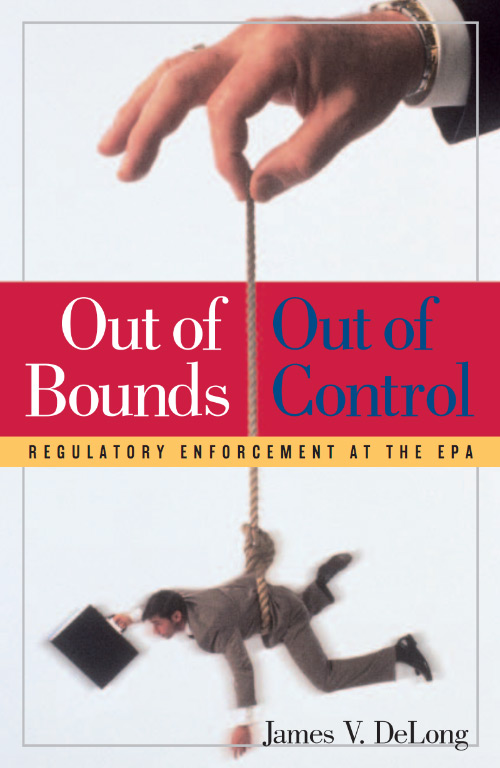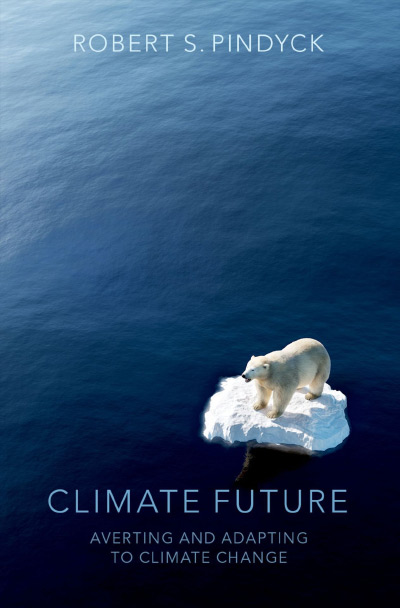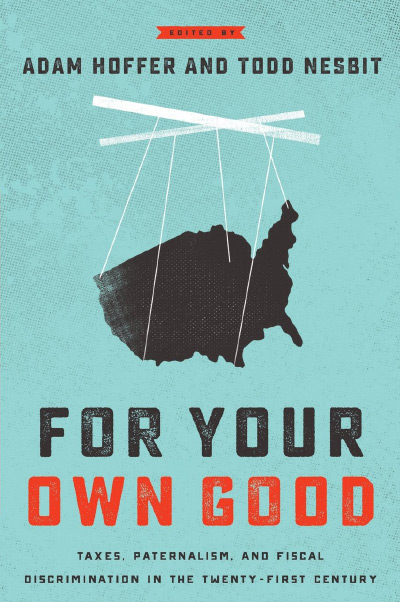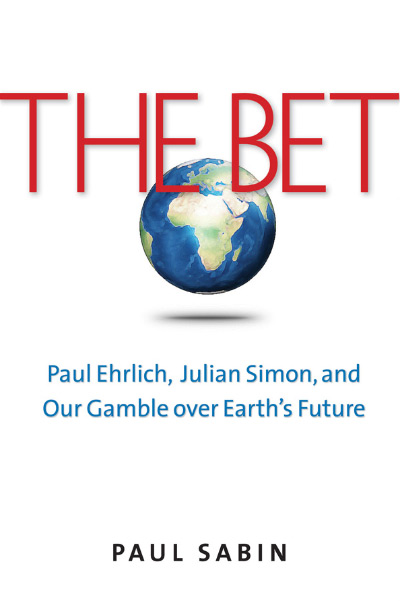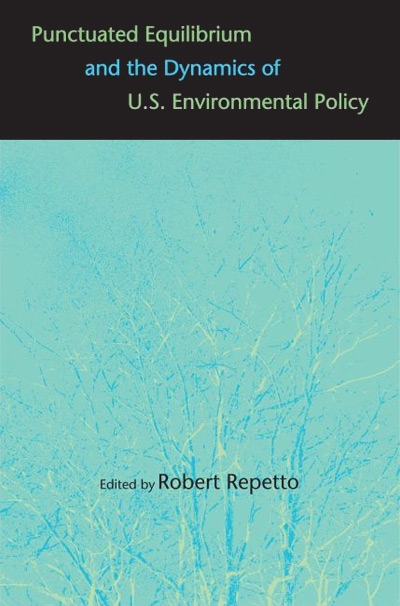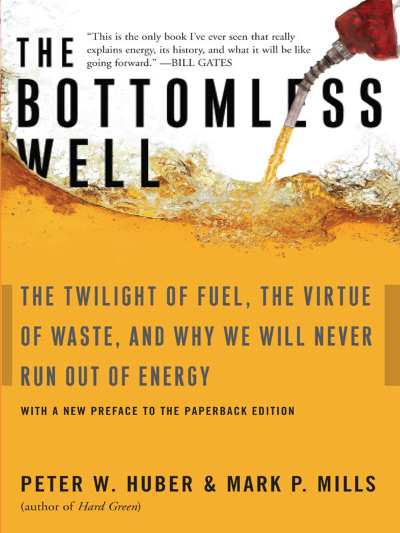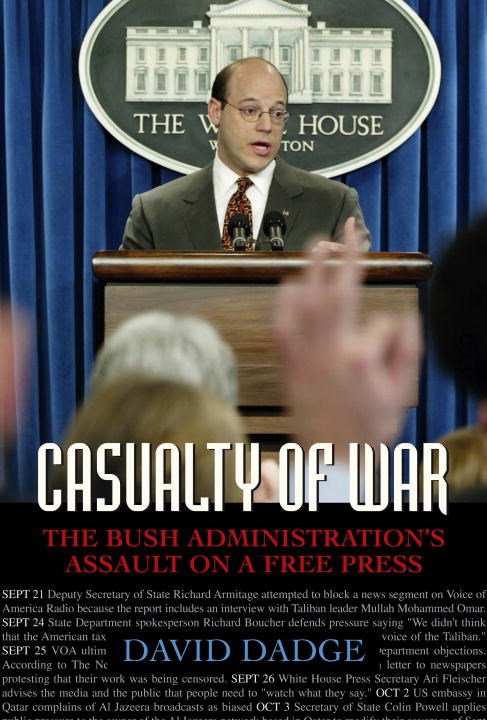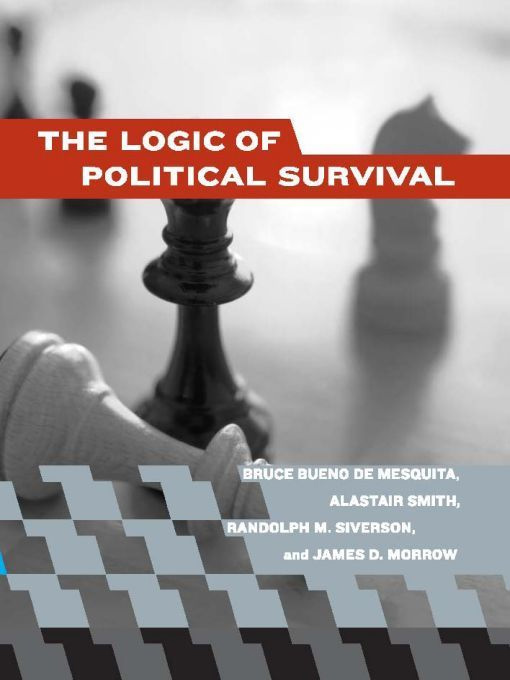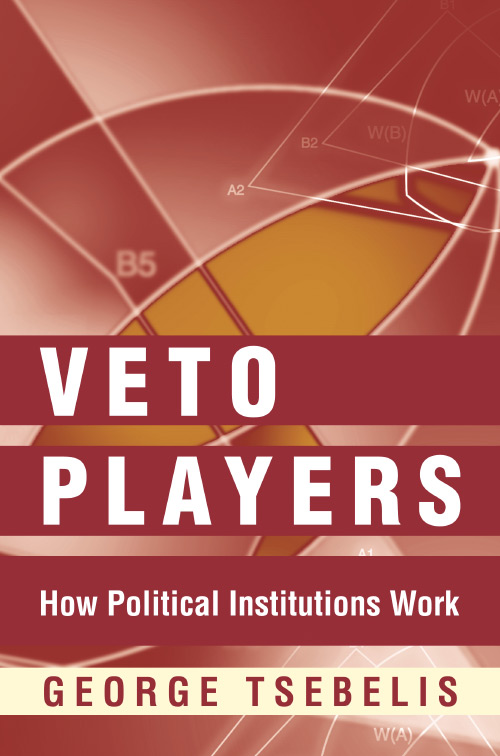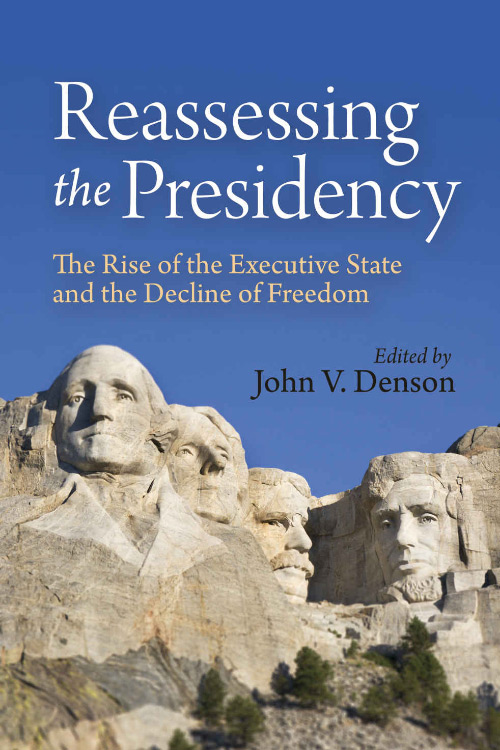Author James V. DeLong, a lawyer by training, understands the primary importance to society of following the rule of law. In Out of Bounds, Out of Control, he describes the sources and the vast extent of the Environmental Protection Agency’s (EPA) growing importance in the United States. He also highlights and details the EPA’s emphasis on enforcement. In this little book, he makes frighteningly clear the EPA’s power to create rules to serve the vague but ambitious goals written into environmental statutes, its focus on enforcement in preference to environmental results, and ultimately its success in defeating the rule of law. That message alone makes DeLong’s book important.
What is the rule of law? DeLong quotes (p. viii) F. A. Hayek: “Stripped of all its technicalities, [the rule of law] means that government in all its action is bound by rules fixed and announced beforehand—rules which make it possible to foresee with fair certainty how the authority will use its coercive powers in a given circumstance and plan one’s individual affairs on the basis of this knowledge” (The Road to Serfdom [Chicago: University of Chicago Press, (1944) 1976], p. 72). DeLong shows that planning to assure compliance with EPA regulations is nearly impossible because enforcement officials have so much leeway in their interpretation of the rules the EPA writes.
In the first chapter, DeLong explains the workings of the EPA’s formulation and enforcement of rules as well as the powerful tools it has at its disposal—tools used with few checks on its authority and little to balance their application. The EPA writes the rules with limited guidance from Congress, and the courts commonly defer to experts in executive-branch agencies in interpreting whatever legislative guidance was offered. Chapter 2 shows how EPA enforcement actions can be quite arbitrary because EPA enforcers have much discretion in interpreting the broad rules written, of course, by the agency itself. If the EPA regards a practice as a violation of the regulations, does that violation rise to the level of a serious criminal case? The EPA has virtually total discretion in deciding such matters. Penalties for the offender and for individual decision makers in an offending firm may be extremely large. Will such individuals fight back in court if they have the ability to do so? Often they will not because future dealings between the EPA and those individuals will be handled with the great latitude available to EPA staffers. Fighting back can be foolhardy, given the potential punishments that can result. This feature of EPA activities strongly conflicts with the rule of law, as DeLong illustrates and documents with example after example in chapters 3–8.
Chapter 3 shows why the EPA, as the author of all the rules authorized by high-sounding but vague statutes, has little incentive to tie its own hands by writing into the rules clear standards of compliance. Instead, it leaves itself plenty of room to interpret the rules as it chooses in each case, the better to nail those who might pollute in the future by gaining bargaining chips all along the way, if nothing else. For those who may become targets of EPA enforcement, however, the result of this broad interpretive leeway is an inability to know what the agency expects of them—an outcome inconsistent with the rule of law.
Chapter 4, “The Inscrutability of Regulatory Requirements,” examines the same theme further. Because the EPA controls the process, interpretations of the rules are constantly in flux. DeLong cites one court case in which the EPA argued that its own staff cannot be expected to know ahead of time how the agency will rule, so a firm should not have relied on staff advice as to what would be permitted. He concludes: the result of EPA rulemaking and enforcement is a lack of fair warning to members of the community of regulated firms and individuals.
The laws that authorize the EPA to write its regulations were passed as compromises. In chapter 5, DeLong shows that owing to the vague nature of the rules the EPA has written and to all the latitude that the courts grant the agency, its minions can ruin almost any firm should a fight ensue. He provides examples to show that “the law” and the resulting regulations the EPA writes and enforces are vague, and enforcement is constantly changing, as are political realities. In part for these reasons, the resulting control of pollution often falls short of the EPA’s stated intent. Along the way, of course, moving targets and the discretion granted EPA officials make a mockery of the rule of law for those involved.
Vague environmental statutes and regulations do not simply make it difficult for firms to know what response any given pattern of behavior will provoke. As chapter 6 shows, the EPA arguably has created entire programs out of thin air, for example, by changing the standard of evidence as it prosecutes alleged violations. In chapter 7, DeLong discusses how the EPA has done much the same thing by changing the interpretation of regulations already in place.
In the United States, the federal government operates under regulations backed by statutes that divide control and authority between the states and the federal government. This division is a messy way to try to enforce existing laws, especially with elections always looming and with environmental health always a potentially hot-button populist issue. In chapter 8, DeLong gives examples of partisan state-federal battles waged on the front pages of local newspapers, often to the detriment of effective environmental policy.
In chapter 9, DeLong argues that firms regulated by the EPA and other environmental agencies “cannot rely on the fundamental protections of the Bill of Rights” (p. 77). He cites cases involving searches and seizures, double jeopardy, and self-incrimination—all occurring in the context of enforcement by EPA officials with the de facto discretionary power to enforce vague rules against anyone who resists. In the context of draconian penalties, such is the result when the rule of law is subordinated to the public’s fears of potential health effects from pollution, however weak the basis for these fears. Penalties commonly involve huge fines and jail time for those convicted of breaking the EPA’s vaguely stated rules. For firms that might be accused—now or later—of breaking the vague rules, the resulting system is far more difficult to deal with and far more fearsome than the rule of law would be had it not been subverted.
The tenth and final chapter summarizes the problem well and lays out the author’s vision of what must be done to restore the rule of law in the environmental policy area. DeLong points to a twenty-five-year record of failure of proposals for incremental reform in the EPA, even when such proposals have been adopted. The basic problems, in his view, are the wide discretion the courts allow enforcement officials and Congress’s reluctance to take responsibility for writing content-specific laws. The legislators, after writing expansive and noble-sounding goals into statutes, essentially leave that task to the agency. In DeLong’s view, a return to the Constitution’s nondelegation doctrine is required, although certain lesser changes, such as devolving more responsibility for environmental regulation to the states and restoring standard civil rights for defendants when the agency prosecutes, would help in the short run.
Ten years ago David Schoenbrod emphasized the problem of unconstitutional delegation of legislative authority (Power Without Responsibility: How Congress Abuses the People Through Delegation [New Haven, Conn.: Yale University Press, 1993]). Schoenbrod’s book, written from his personal experience as an environmental lawyer—he was legal counsel and cofounder of the Natural Resources Defense Council—shows how the courts, in allowing agencies backed by environmental groups to exercise lawmaking power delegated to them by the Congress, give members of Congress the opportunity to please environmental groups while escaping their own political responsibility under Article 1, Section 1, of the Constitution. Members can wax eloquent on the noble goals of vague laws with sweeping goals, but never make the hard decisions about who will give up what in achieving the new law’s grand goals. DeLong cites Schoenbrod’s book only in a footnote, however. He also ignores Stephen G. Breyer’s important complementary explanation (Breaking the Vicious Circle [Cambridge, Mass.: Harvard University Press, 1993]) of how, even when perfectly good, smart, hard-working, dedicated individuals are in charge of the EPA and its programs, each of them probably has tunnel vision in seeking to achieve narrow goals, so the results of any one program can easily go too far and be detrimental to society.
DeLong’s small and accessible book on a large and well-researched topic is inevitably thin in covering many issues, and it fails to make many relevant linkages. He chose to write a short, widely appealing book rather than a longer, more complete volume. I approve of his choice, as I suspect most other potential readers also will.
| Other Independent Review articles by Richard L. Stroup | ||
| Summer 2014 | The Economics of Climate Change: Adaptations Past and Present | |
| Winter 2007/08 | The Bottomless Well: The Twilight of Fuel, the Virtue of Waste, and Why We Will Never Run Out of Energy | |
| Spring 2000 | Free Riders and Collective Action Revisited | |
| [View All (4)] | ||

